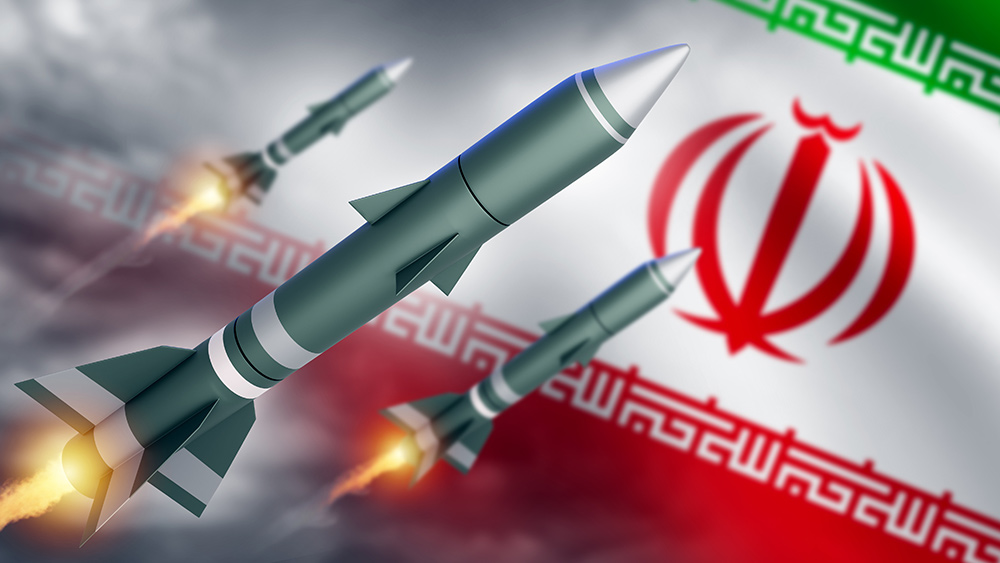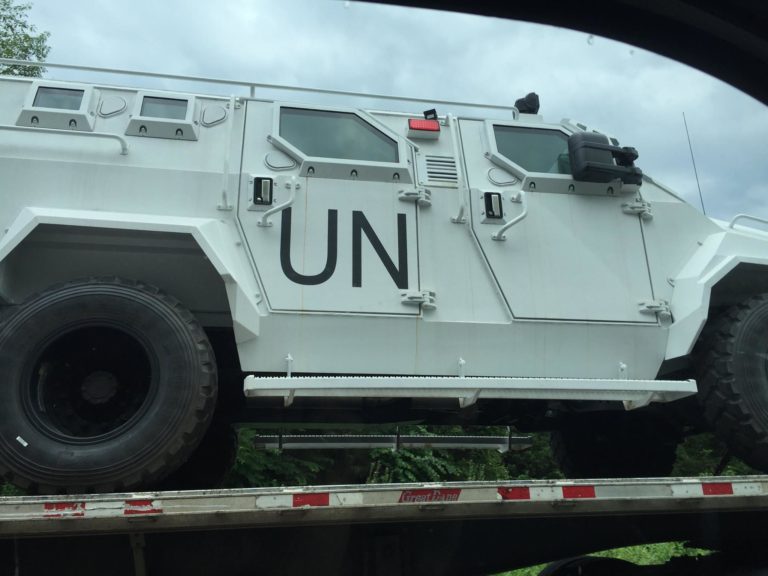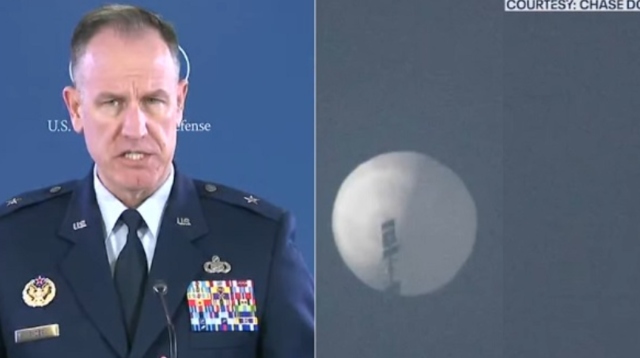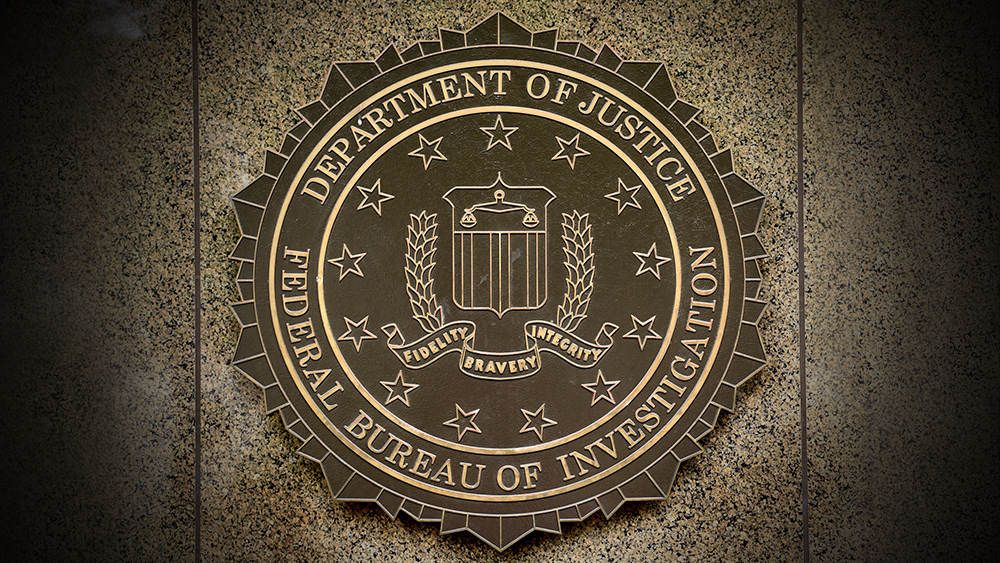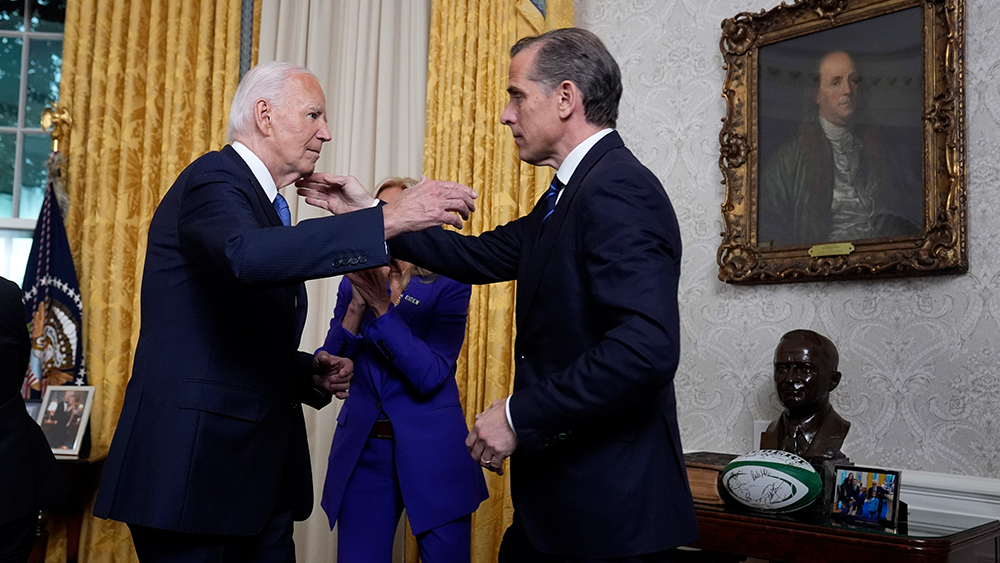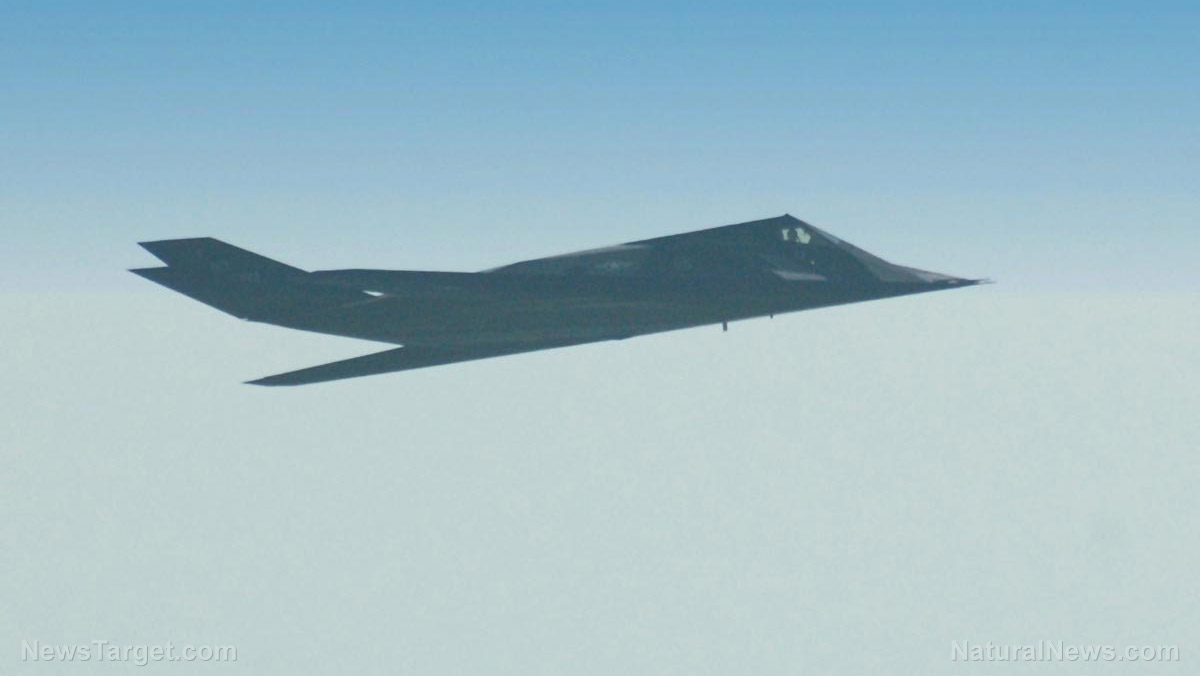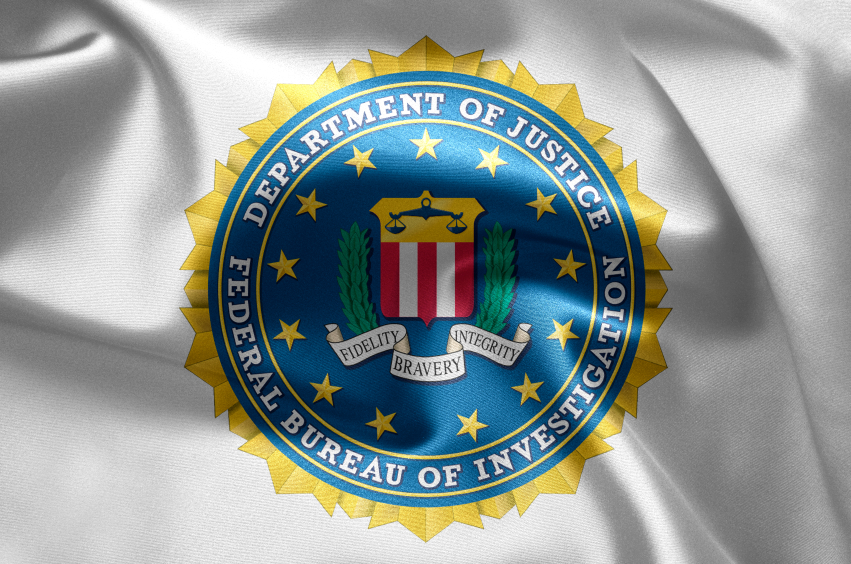U.K. grants military new powers to shoot down hostile drones amid rising threats
10/20/2025 / By Willow Tohi
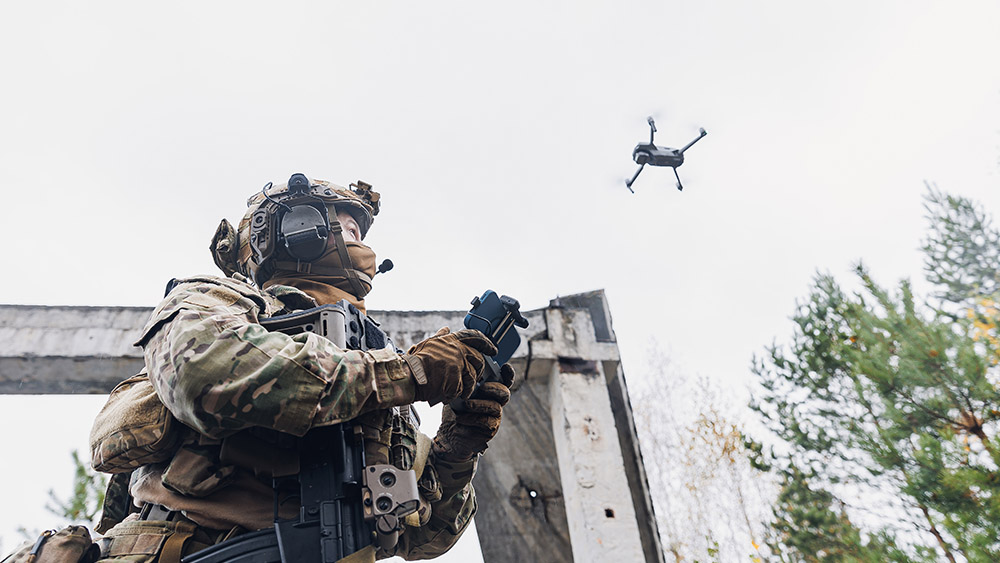
- British troops will soon have expanded authority to shoot down drones deemed a threat to military bases.
- The move follows suspicious drone incursions at U.S.-operated U.K. airbases in late 2024.
- Current rules limit counter-drone measures to signal jamming—direct engagement was rare.
- EU nations are exploring a continent-wide “drone wall” to counter Russian aerial threats.
- Russia denies involvement in recent drone violations across Europe, including near airports.
In response to growing aerial security risks, the U.K. government will authorize military personnel to shoot down drones threatening sensitive defense installations. Defence Secretary John Healey is set to announce the policy change on Monday, following a series of unexplained drone sightings near U.S.-operated Royal Air Force (RAF) bases last November. The decision underscores Europe’s mounting concerns over drone incursions—many suspected to originate from Russia—as hybrid warfare tactics redefine modern security challenges.
From signal jamming to direct engagement
Under existing protocols, U.K. troops rely on electronic countermeasures to divert or disable hostile drones. The new “kinetic option” permits soldiers and Ministry of Defence police to use lethal force when drones breach restricted airspace. While initially limited to military sites, officials may later expand these powers to protect civilian infrastructure like airports, where rogue drones have repeatedly disrupted operations.
The policy shift follows incidents at four key bases—RAF Lakenheath, RAF Mildenhall, RAF Feltwell and RAF Fairford—where unidentified drones triggered joint U.S.-U.K. investigations. Notably, RAF Lakenheath hosts advanced F-22A fighter jets, assets central to U.S. strategic operations, including recent strikes on Iranian nuclear facilities.
Europe’s “drone wall” and Russian denials
The U.K.’s move aligns with broader European efforts to counter unmanned aerial threats. Earlier this month, EU leaders convened in Denmark to discuss a proposed “drone wall”—a multi-nation defense network to detect and neutralize hostile drones. The initiative follows repeated airspace violations, including 20 Russian drones crossing into Poland in September and MiG-31 jets entering Estonian airspace. Moscow dismisses these allegations, but NATO members remain skeptical.
Airports in Germany, Denmark and Norway have faced temporary closures due to drone activity, further straining regional security. While Russia denies responsibility, the pattern of incursions coincides with heightened tensions over Ukraine and Western sanctions.
Historical context: A new era of aerial warfare
The policy update reflects a global shift in military strategy as drones—cheap, agile and increasingly weaponized—reshape conflict dynamics. From Ukraine’s use of commercial drones for reconnaissance to Iran-backed groups targeting Middle Eastern bases, unmanned systems have proven their tactical value. The U.K.’s decision mirrors the US military’s longstanding rules of engagement against drone threats, particularly in conflict zones like Syria and Iraq.
However, critics warn that escalating counter-drone measures could heighten the risk of accidental engagements or diplomatic fallout. The lack of transparency around November’s U.K. base incursions fuels speculation: Were these tests by adversarial states, espionage attempts, or even false flags to justify expanded military powers?
Security versus scrutiny
As the U.K. arms its forces against drone threats, questions linger about accountability and the broader implications of militarized airspace. The policy highlights a paradox: While nations demand evidence of Russian aggression, preemptive strikes on drones operate on suspicion rather than proof. In an era where trust in official narratives is eroding, the balance between proactive defense and due diligence remains precarious.
One certainty emerges—the skies are no longer a sanctuary, and the rules of engagement are evolving faster than public discourse can follow. Whether this deters adversaries or escalates conflict will depend on how transparently governments navigate the blurred line between security and sovereignty.
In a world where drones symbolize both innovation and intrusion, the U.K.’s new shoot-down policy marks a pivotal moment—one that could redefine aerial security or deepen global tensions.
Sources for this article include:
Submit a correction >>
Tagged Under:
aerial threats, big government, chaos, drones, espionage, military tech, national defense, national security, panic, privacy watch, restricted airspace, Russia, security challenges, Spygate, surveillance, United Kingdom, weapons tech, weapons technology, WWIII
This article may contain statements that reflect the opinion of the author
RECENT NEWS & ARTICLES
COPYRIGHT © 2017 SPYGATENEWS.COM
All content posted on this site is protected under Free Speech. SpygateNews.com is not responsible for content written by contributing authors. The information on this site is provided for educational and entertainment purposes only. It is not intended as a substitute for professional advice of any kind. SpygateNews.com assumes no responsibility for the use or misuse of this material. All trademarks, registered trademarks and service marks mentioned on this site are the property of their respective owners.


